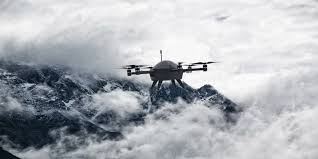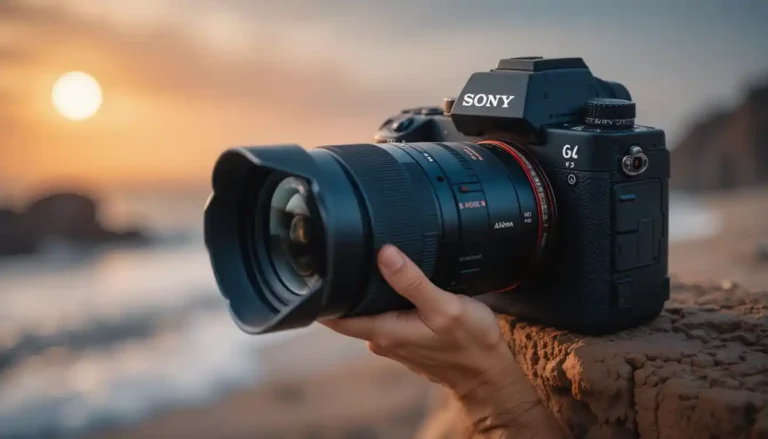Drone Weather Forecast: Complete Guide for Safe & Smart Drone Flying!
A drone weather forecast is more than just a glance at the sky; it’s a key safety step every pilot must take before flying. Weather affects stability, battery life, GPS accuracy, and even the legality of your flight. Whether you’re capturing cinematic footage or conducting commercial inspections, understanding the forecast keeps your drone safe and your footage flawless.
Flying without checking the weather can lead to damaged equipment, lost drones, or even fines for breaking aviation rules. That’s why professional pilots treat weather checks as seriously as pre-flight equipment inspections.
What is a Drone Weather Forecast?
A drone weather forecast is a specialized prediction that highlights conditions affecting drone flights. While standard forecasts focus on general weather, drone forecasts emphasize factors like wind speed, gust strength, cloud cover, Kp index (geomagnetic activity), and visibility.

For example, a normal forecast might just say “Partly cloudy, 15 °C, 10 mph wind,” but a drone forecast will specify:
- Wind speed at specific altitudes.
- Gust levels compared to steady winds.
- GPS satellite count.
- Kp index for navigation stability.
This targeted information helps you make an informed “Go” or “No Go” decision before each flight.
Key Weather Factors Every Drone Pilot Must Check
Wind Speed & Gusts
Wind is the number one weather concern for drone pilots. While most consumer drones can handle winds up to 22–24 mph, gusts can cause sudden instability.
- Safe range: Under 15 mph for beginners, under 20 mph for experienced pilots.
- Gust vs. steady wind: Gusts are sudden bursts that can throw your drone off balance, even if steady wind is manageable.
Tools like UAV Forecast give you wind speeds at multiple altitudes, helping you plan your flight path safely.
Visibility & Cloud Cover
Good visibility isn’t just about clear skies; it’s also about legal compliance. In many countries, such as the United States under FAA Part 107 rules, you must keep your drone within visual line of sight (VLOS).
- Avoid flying in fog or dense clouds.
- Keep at least 500 ft below clouds and 2,000 ft away horizontally.
Cloud cover can also affect lighting conditions, changing the look of your aerial footage.
Precipitation (Rain, Snow, Hail)
Moisture is one of the most damaging elements for drones. Even light rain can cause:
- Motor damage.
- Sensor malfunctions.
- Short circuits.
If rain is possible, it’s best to cancel or delay your flight. While some drones have weather resistance, most consumer models are not waterproof.
Snow can be equally risky, as melting flakes can seep into vents and electronic components. Hail is especially dangerous, not only because of the moisture, but also because the hard impact can crack propellers or damage the drone’s body. Even mist or heavy humidity can cause gradual corrosion over time, especially on metal parts and exposed wiring. Taking off in dry, stable conditions is always the safest choice.
Temperature Extremes
Batteries perform best in mild temperatures. Extreme cold reduces capacity, shortening flight time, while extreme heat can cause overheating and forced shutdowns.
- In cold weather, keep batteries warm before use.
- In hot weather: Avoid midday flights in direct sunlight.
Kp Index (Geomagnetic Activity)
The Kp index is essentially a measure that indicates the level of activity in the Earth’s magnetic field. When this number is high, it can mess with your drone’s GPS signal. Anything at 4 or above is considered risky for safe flying.
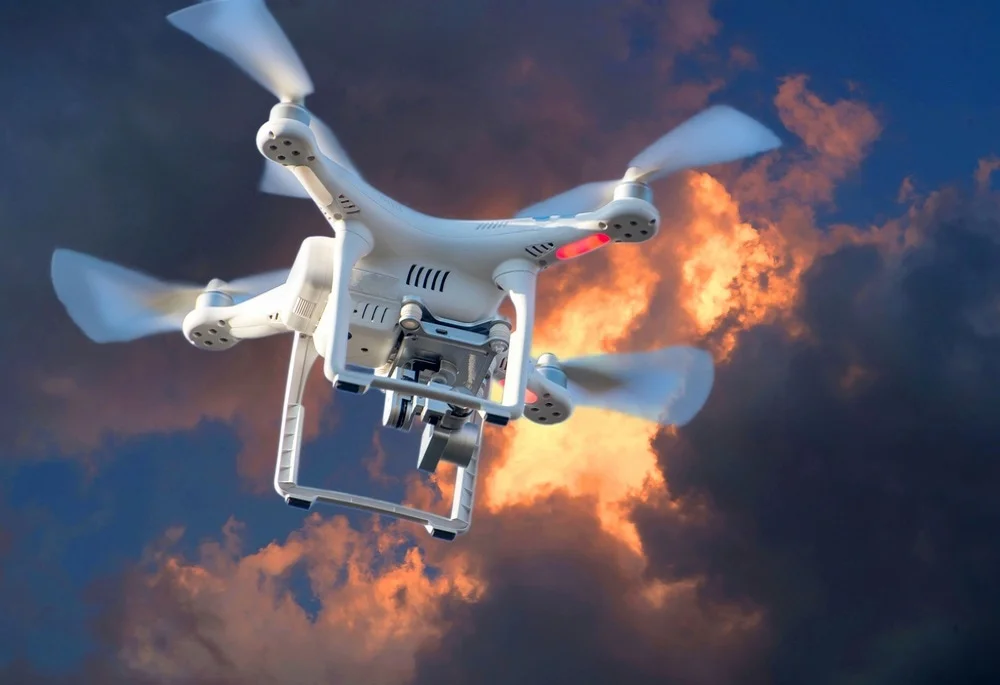
It’s a good habit to check the Kp index before you fly, so your drone’s positioning stays accurate. High readings usually happen during solar storms, and that can throw off your drone’s compass and cause it to drift or act strangely in the air. This is even more dangerous if you’re flying far away, over water, or using an automated flight path. If the Kp index is high, it’s safer to wait until it drops before launching your drone.
Best Tools & Apps for Checking Drone Weather Forecasts
When planning a flight, dedicated apps make it easier to access drone-specific weather data.
UAV Forecast
A favorite among professional pilots, UAV Forecast offers:
- Wind and gust speeds by altitude.
- GPS satellite count.
- Kp index readings.
- “Good to Fly” ratings based on your custom settings.
Dronecast
Great for quick checks, Dronecast provides hourly updates on wind, temperature, and visibility—perfect for short-term planning.
Windy
Known for its accurate wind maps, Windy lets you see global wind patterns and weather layers, helping you avoid trouble spots.
OK To Fly (by Airdata)
Uses color-coded risk levels to show whether conditions are safe or hazardous instantly.
MyRadar
Tracks precipitation in real time, ideal for spotting approaching rain before it reaches your location.
How to Read a Drone Weather Forecast Like a Pro
Understanding the data is as important as checking it. Here’s a quick example using UAV Forecast:
- Wind: Check speeds at your planned altitude, not just ground level.
- Gusts: If gusts are 5–10 mph above steady wind, reconsider flying.
- Visibility: Look for at least 3 miles visibility.
- Cloud base: Ensure safe clearance above your flight path.
- Kp index: Keep under 4 for reliable GPS.
By combining these readings, you can confidently decide whether it’s safe to fly.
Common Weather HazarCommon Weather Hazards and How to Avoid Them
- Microbursts: These are sudden, powerful downward winds that can push a drone toward the ground in seconds. They’re often linked to thunderstorms, so always check for storm activity nearby before flying.
- Fog: Fog makes it hard to see your drone and can also leave a layer of moisture on the motors and electronics. This might not cause instant damage, but over time it can lead to corrosion.
- Icing: In cold, damp weather, ice can build up on propellers, making them heavy and less efficient. This can reduce lift and cause unstable flight.
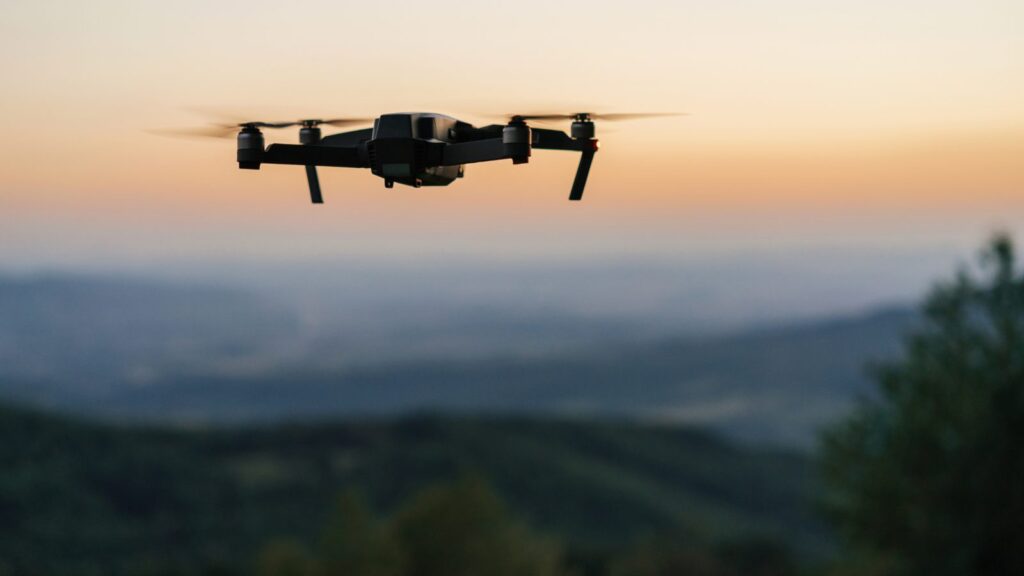
The safest way to avoid these hazards is to wait for the weather to settle. Even a short delay can mean flying in much safer, clearer conditions and protecting your drone from unnecessary risk.
Seasonal Drone Flying Tips
Winter
- Keep batteries warm until takeoff.
- Expect shorter flight times.
Summer
- Avoid flying during peak heat hours.
- Land if your drone shows overheating warnings.
Rainy Season
- Use waterproof landing pads.
- Carry microfiber cloths to dry your drone quickly if it gets damp.
Legal Considerations & Safety Guidelines
Different countries have their own rules for how weather affects drone flying.
- FAA (USA): You can’t fly inside clouds, and you need at least 3 miles of visibility to stay legal.
- CAA (UK): You must always keep your drone within visual line of sight (VLOS) and avoid flying in dangerous weather conditions.
Breaking these rules isn’t just unsafe, it can lead to fines, loss of your drone license, or even legal trouble. Before you take off, it’s smart to check the latest weather guidelines for your country. These rules are there to protect not only your drone but also people, property, and other aircraft.
Pre-Flight Weather Checklist for Drone Pilots
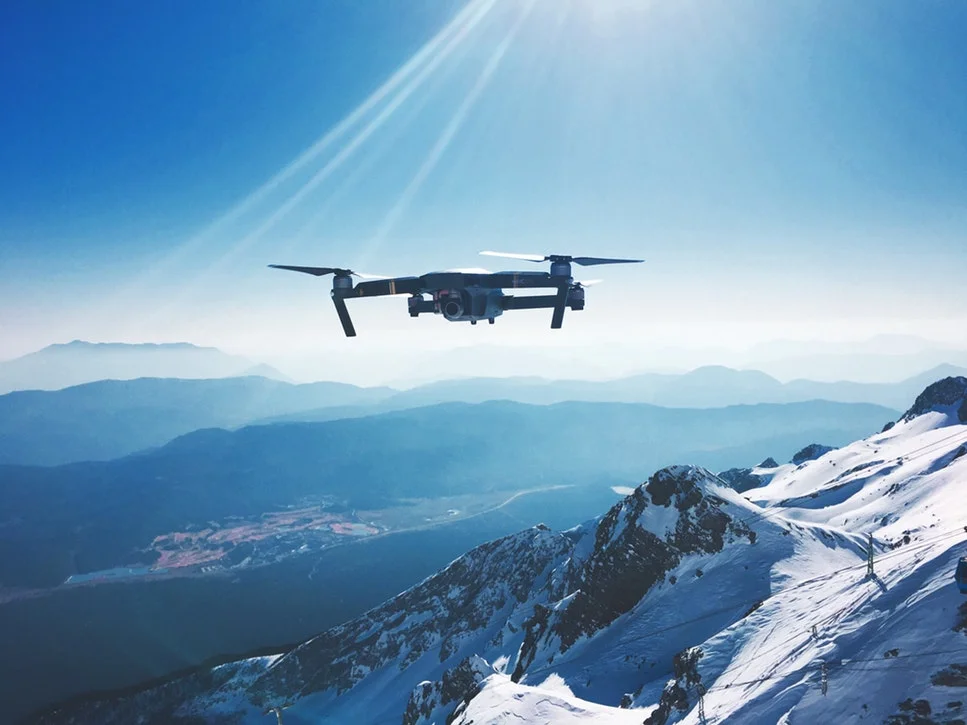
- Check wind speed & gusts.
- Confirm visibility & cloud cover.
- Look for precipitation chances.
- Verify Kp index is safe.
- Ensure batteries are temperature-ready.
Expert Tips to Maximize Flight Time in Challenging Conditions
- Fly lower in high winds to reduce turbulence.
Wind speeds are usually weaker closer to the ground, so keeping your drone lower can help it stay stable and use less power. Just be sure to avoid obstacles like trees, buildings, and power lines when flying at lower altitudes. - Plan circular routes to avoid headwinds on return.
When you fly out, you might not notice how strong the wind is until you turn back and have to fight against it. Planning a loop or circular route can help you share the wind load evenly, making it easier to get back without draining your battery too quickly. - Use shorter bursts instead of long flights in extreme temperatures.
Very hot or cold weather puts extra stress on your drone’s battery. Breaking your flight into several shorter sessions gives the battery a chance to rest, reducing the risk of overheating in summer or losing too much power in winter.
These small adjustments can make a big difference when the weather isn’t perfect, keeping your drone safer and your battery life longer.
Conclusion:
In challenging weather, careful planning and smart adjustments can make a big difference in your drone’s performance and safety. By flying lower in strong winds, mapping routes that work with the wind instead of against it, and breaking flights into shorter sessions during extreme temperatures, you protect your drone and extend its airtime. These small changes help ensure every flight is smoother, safer, and more productive, no matter the conditions.
FAQs
1. What’s the safest wind speed for drone flying?
Under 15 mph for beginners; under 20 mph for experienced pilots.
2. Can I fly my drone in light rain?
Not recommended, most drones are not waterproof.
3. How accurate are drone weather forecast apps?
Apps like UAV Forecast and Windy are generally reliable but should be cross-checked with local conditions.
4. What is the Kp index for drones?
A measure of geomagnetic activity affecting GPS accuracy; keep under 4 for safe flights.
5. Do drones work in cold weather?
Yes, but battery life is shorter, keep batteries warm until use.
